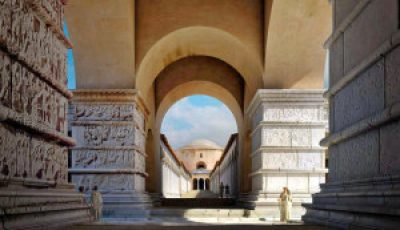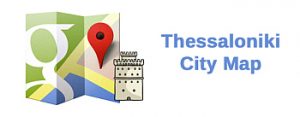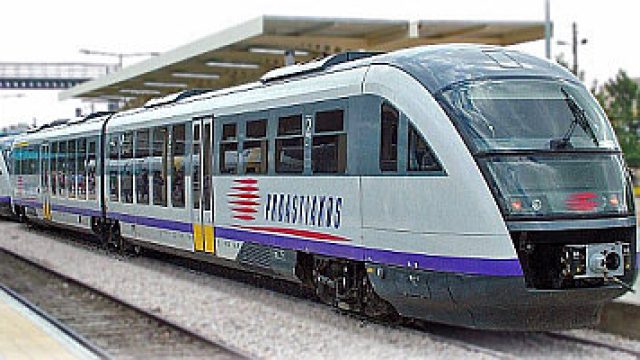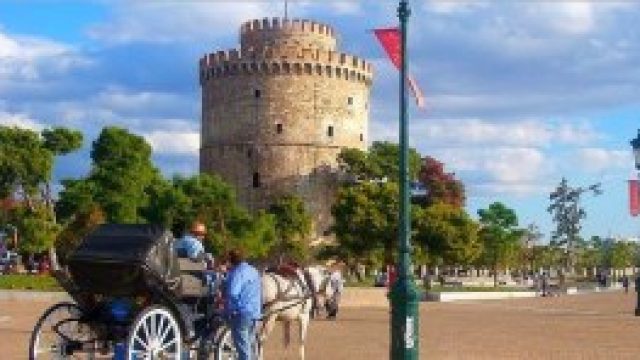Thessaloniki was founded in 315 BC by King Cassander of Macedonia. It rapidly became a very important center and one of the major cities of the kingdom during the Hellenistic Era with limited political autonomy.

Thessaloniki’s unique personality is mostly due to its people. It is a city that offered asylum to many ethnic minorities, a place to call home…
A vibrant metropolis throughout the centuries
After the fall of the Kingdom of Macedon in 168 BC it became part of the Roman republic and was further developed into an important trade center actually connecting Europe with Asia through the Roman Via Egnatia.
Many of the most imposing and well decorated structures were built during the Roman Era of its history as Thessaloniki was one of the capitals during the Tetrarchy period, while it also served as capital of all the Greek provinces for a period of time.
During the first century AD and afterwards, the city became one of the first early Christian centers after Paul the Apostle preached here and laid the foundations for a new religion.
During the Byzantine era the city was further developed and became even bigger, being the second most important city of the empire after Constantinople itself. Wonderful churches and other buildings were built in several areas while extended defensive constructions took place.
In 1204 AD during the fourth crusade the city fell into the hands of the Crusaders and thus the “Kingdom Of Thessalonica” was created. In 1246 though, the Byzantines managed to recover the entire area.

Travelling back in time….
The Ottoman period
After 1430 the ottomans conquered Thessaloniki, under the commands of Mourad II. During the Ottoman occupation period the city once again became the most important commercial and trade center of the area and was considered of great strategic importance due to the trade routes established. It became the new home for many ethnic communities (Sepharadites) that significantly promoted art, culture and architecture.
During the 19th century while the Ottoman empire was making extensive reorganization and modernisation efforts (Tanzimat), several wonderful new buildings were built all over the city. The gradually expanding use of steam and the wide spread of the railways tranfsormed Thessaloniki into the largest industrial center in the Balkans.
Huge industrial units were constructed along with a new port. All these led to what the historians called “California of the East”. The city’s population tripled in a time period from 1840 to 1912.
Thessaloniki’s liberation – The dawn of the modern era…
In October 27, 1912 during the first Balkan War the Greek army liberated the city, while in 1917 the city faced what was perhaps its greatest disaster ever, as a huge fire destroyed almost three quarters of the center something that had various side effects in the following years. Serious efforts and proposals were made by famous architects like Ernest Hebrard in order for the city center to be rebuilt like a modern European capital.
During the 50’s and the 60’s the city experienced an unprecedented construction growth that transformed the city center to its present form. (Click here to view some rare photos dated back to these decades.)
Today Thessaloniki is a modern European city, as always an important trade and transportation center connected to all the Balkan Countries, while it was nominated as the Cultural Capital of Europe in 1997.
It is one of the largest student centers in South-Eastern Europe while many of its monuments are included on the UNESCO World Heritage List.
In 2004 during the Athens Olympics, the city hosted a number of athletic events while being one of the Greek Olympic Cities. Finally the city was selected in 2011 as the European Youth Capital of 2014.
For more videos and photos visit the “Old photos of Thessaloniki” Facebook Group.














Leave a Reply